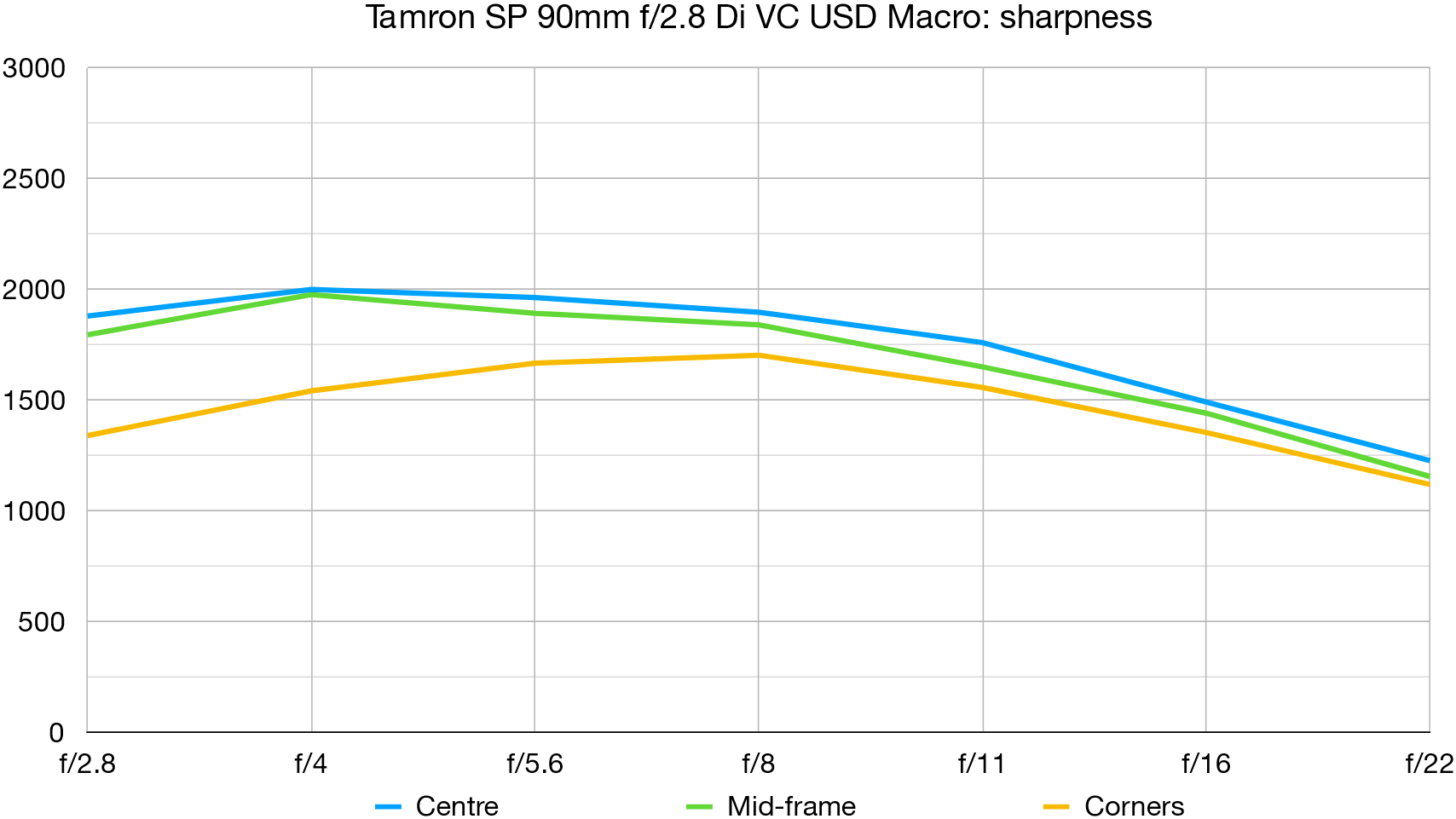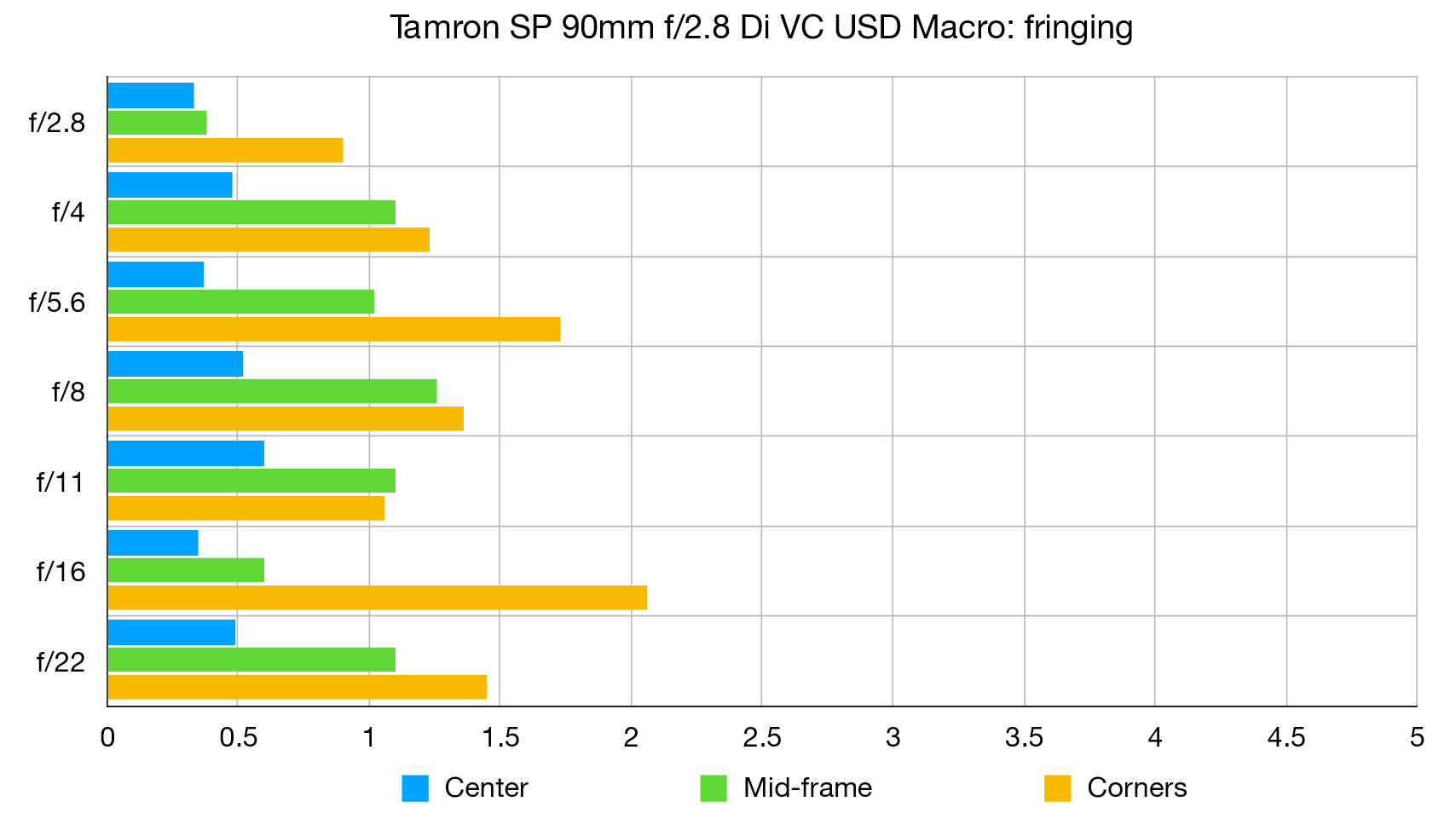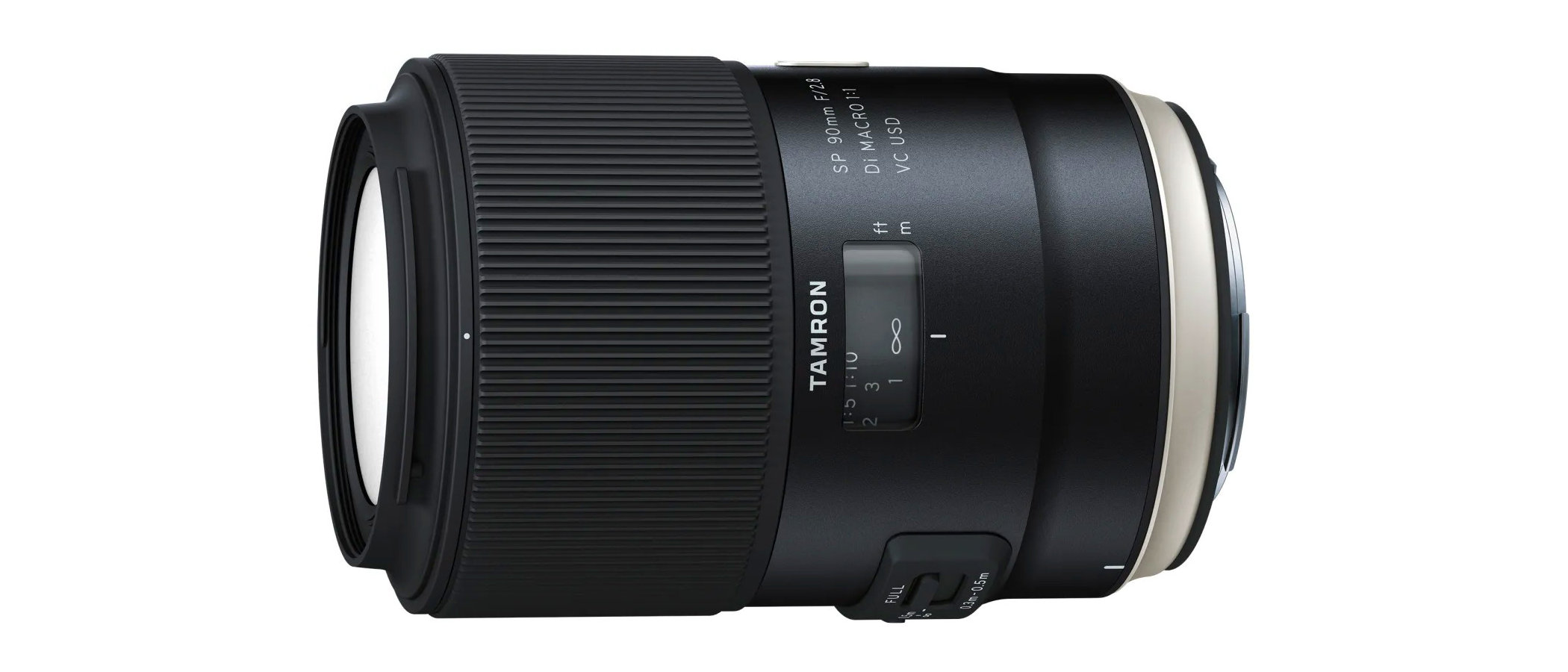Digital Camera World Verdict
Recently discontinued, Tamron’s Model F017 was the last of its highly popular 90mm macro lenses. It makes a great second-hand buy for Canon and Nikon DSLRs, both APS-C and full-frame. It also works with Canon EOS R system cameras via an EF-EOS R mount adapter, but might need a firmware update, whereas Tamron recommends contacting their service department regarding Nikon Z compatibility. For DSLRs though, it delivers excellent all-round performance and image quality.
Pros
- +
Super-sharp for macro shots
- +
Hybrid optical image stabilizer
- +
Good build quality
Cons
- -
Compatibility issues with Canon EOS R and Nikon Z cameras via mount adapters
Why you can trust Digital Camera World
The Tamron SP 90mm f/2.8 Di VC USD Macro follows in the footsteps of a series of popular Tamron 90mm macro lenses. No less than three iterations were on the market when the latest Model F017 was launched, the oldest of them costing lacking VC (Vibration Compensation) or internal focusing. That lens was ostensibly replaced back in 2012, with the introduction of a stabilized, internally focusing optic that also added ring-type ultrasonic autofocus. The latest F017 adds some notable refinements.
Specifications
Mount: Canon EF, Nikon F
Full frame: Yes
Autofocus: Yes
Stabilization: Yes
Lens construction: 14 elements in 11 groups
Angle of view: 27 degrees
Diaphragm blades: 9
Minimum aperture: f/32
Minimum focusing distance: 0.3m
Maximum magnification ratio: 1.0x
Filter size: 62mm
Dimensions: 79x117mm
Weight: 610g
Key features
The design and styling of the F017 was very much in keeping with other Tamron primes released around the same time. The smart black eggshell finish and silver ring around the rear are the same, as are the large and easy-to-use switches for auto/manual focusing and VC on/off. The 90mm adds a third switch for limiting the autofocus range to 0.3-0.5m for close-up shooting, 0.5m to infinity for general shooting, or enabling full autofocus travel.
Also like other Tamron lenses of a similar age, and a step up from the previous 90mm VC USD model, the new lens features weather-seals around its joints and a rubber sealing ring on the metal mounting plate. There’s also the addition of the same fluorine coating on the front element, to repel muck and moisture.
Other highlights include a new and improved ‘XY-Shift’ optical stabilizer that corrects for axial movement as well as for vibration. In this respect, it competes directly with the ‘hybrid’ image stabilizer that Canon developed for its own 100mm IS USM macro lens, a few years before. The autofocus system has also been optimized to increase speed and accuracy, while optical performance has been enhanced to maximize sharpness while retaining a soft blur for defocused areas, with a smooth transition between the two.
The upshot is that this lens aims to be equally useful as a macro optic with a full 1.0x or 1:1 reproduction ratio at its closest focus setting, and as a fairly fast short telephoto for general shooting. Dual coatings are featured, with both eBAND (Extended Bandwidth & Angular-Dependency) and BBAR (Broad-Band Anti-Reflection) layers to combat ghosting and flare.
Performance
The lens lives up to Tamron’s claims, with an impressively fast and accurate autofocus system, along with excellent stabilization performance. That said, the effectiveness of stabilization drops off very noticeably in extreme close-up shooting, which is only to be expected. Sharpness is excellent, while bokeh (the quality of defocused areas) is pleasingly soft. There’s plenty of contrast when shooting wide-open, while sharpness and contrast hold up well at very narrow apertures, required to get even a tiny amount of depth of field in close-up shooting.
Lab results
We run a range of lab tests under controlled conditions, using the Imatest Master testing suite. Photos of test charts are taken across the range of apertures and zooms (where available), then analyzed for sharpness, distortion and chromatic aberrations.
We use Imatest SFR (spatial frequency response) charts and analysis software to plot lens resolution at the center of the image frame, corners and mid-point distances, across the range of aperture settings and, with zoom lenses, at four different focal lengths. The tests also measure distortion and color fringing (chromatic aberration).
Sharpness:

There’s plenty of bite and attention to fine detail from f/2.8 right through to f/22.
Fringing:

There’s little fluctuation in the fairly minimal amounts of fringing throughout the aperture range.
Distortion: 0.1
The absolutely tiny amount of pincushion distortion is impossible to see in real-life images.
Verdict
Recently discontinued, Tamron’s Model F017 was the last of its highly popular 90mm macro lenses. It makes a great second-hand buy for Canon and Nikon DSLRs, both APS-C and full-frame. It also works with Canon EOS R system cameras via an EF-EOS R mount adapter, but might need a firmware update, whereas Tamron recommends contacting their service department regarding Nikon Z compatibility. For DSLRs though, it delivers excellent all-round performance and image quality.
Read more:
• Best camera lenses to get
• Best Canon lenses
• Best Nikon lenses
• Best Sony lenses
Matthew Richards is a photographer and journalist who has spent years using and reviewing all manner of photo gear. He is Digital Camera World's principal lens reviewer – and has tested more primes and zooms than most people have had hot dinners!
His expertise with equipment doesn’t end there, though. He is also an encyclopedia when it comes to all manner of cameras, camera holsters and bags, flashguns, tripods and heads, printers, papers and inks, and just about anything imaging-related.
In an earlier life he was a broadcast engineer at the BBC, as well as a former editor of PC Guide.


